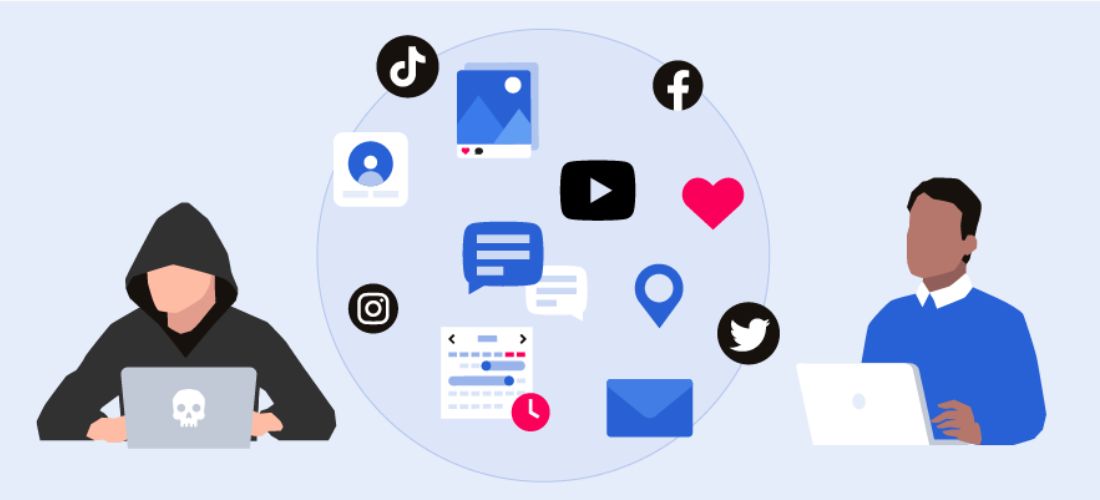Gen Z has a new photo trend taking the internet by storm – the “Nose Cover.” Teens playfully hide their noses in pictures, leaving adults scratching their heads. But what’s the reason behind this seemingly bizarre trend?
There are several reasons why teens are covering their noses in photos:
- Discomfort with Awkward Photos: Teens are self-conscious about their appearance, especially during puberty. Covering their noses might shield them from unflattering photos that could resurface later.
- Rejection of Forced Poses: Traditional family photos can feel awkward. The nose cover provides a shield and a way to feel more relaxed in front of the camera.
- A Touch of Humor and Self-Expression: It’s not all about hiding! The trend can be playful and humorous, a way to add a unique touch to photos. It might also signal membership in a specific online group.
Privacy Concerns Take Center Stage
Gen Z is hyper-aware of online privacy and the permanence of digital footprints. The nose cover might be a way to:
- Reclaim Privacy: In a world of constant sharing, teens use the nose cover to obscure their faces and protect their privacy.
- Control Their Image: Teens might be uncomfortable with their parents or friends posting photos without their consent. The nose cover offers a sense of control over their online image.
The “Nose Cover” trend can be a springboard for important conversations between parents and teens:
- Open Dialogue: Parents can use this trend to discuss online privacy, consent, and self-expression with their teens.
- Finding Common Ground: Understanding the reasons behind the trend can help bridge the communication gap and support teens as they navigate the digital world.
- Respecting Boundaries: Open communication can help establish boundaries around photo-sharing and respect teens’ right to control their image.
Also Read: How to Prepare for Interviews
Harmless Fun, Not Disrespect
Although some adults may find nose coverings disruptive, for teens it is a harmless way to express themselves and assert their independence. Teens are constantly developing, and open communication is important to foster positive relationships with them in the digital age.




